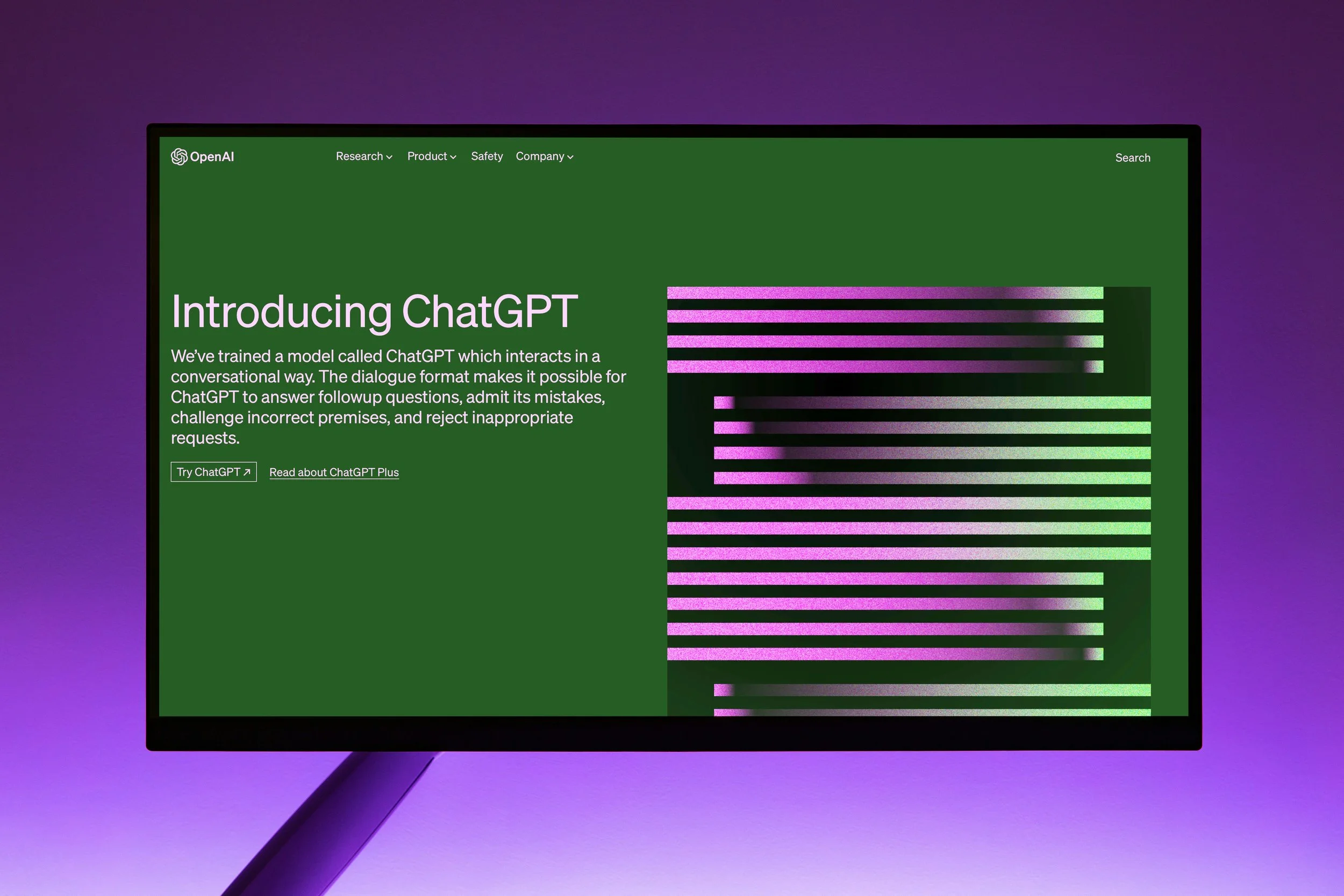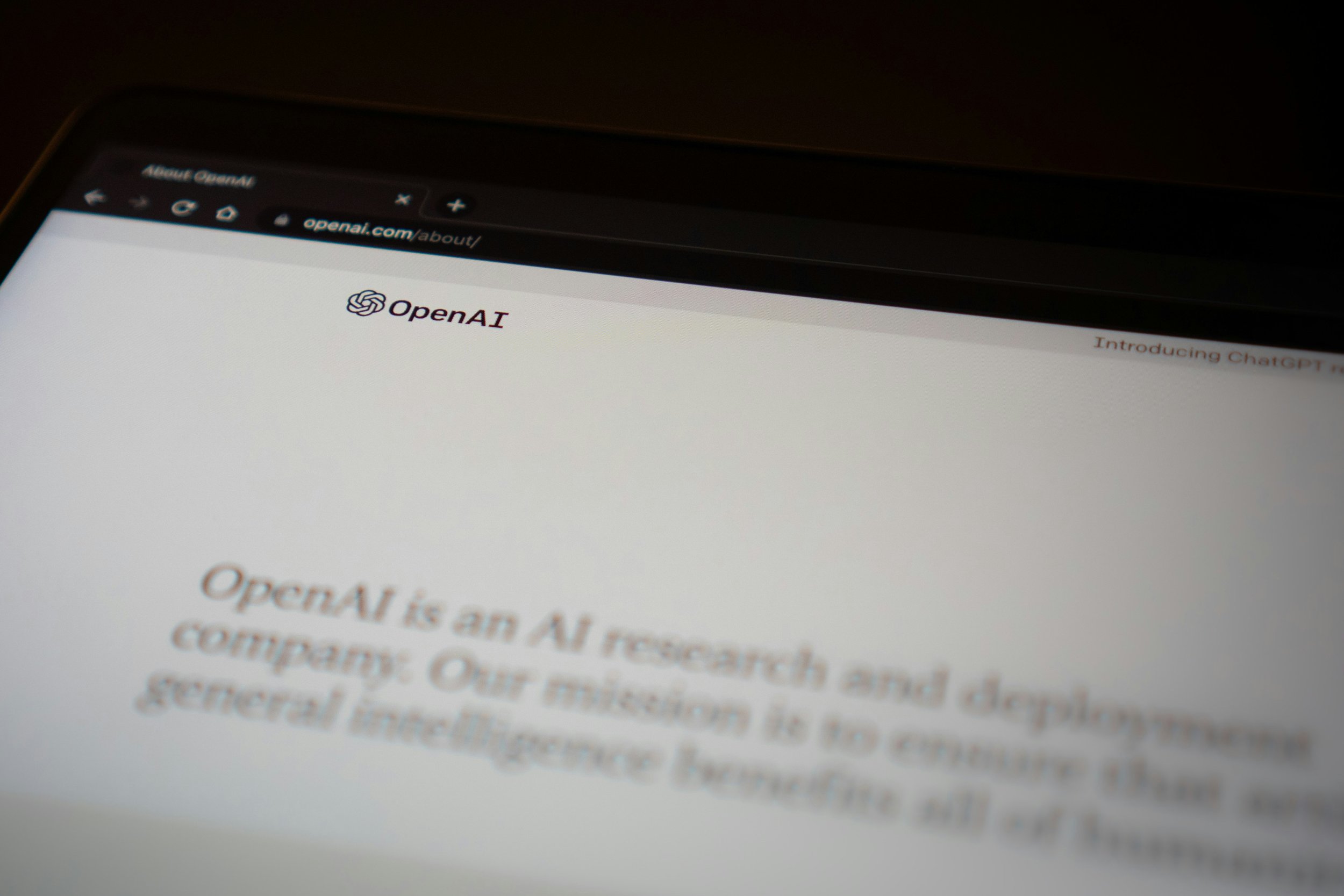In the ever-evolving realm of digital marketing, staying ahead is a must. Things change quickly from platform to platform, and what’s trending one day is often out the next. One revolutionary tool that is currently transforming the landscape of content creation is AI (Artificial Intelligence), but is AI all that it claims to be? In this article, I’ll be diving into the pros and cons of utilizing AI for content creation, and providing actionable prompts and tips for efficient AI-driven content creation.
Benefits of Using AI for Content Creation
AI certainly has the potential change the way that content is written and created online. The unparalleled time efficiency of AI enables business owners, creators and marketers to navigate swiftly changing trends with relative ease, ensuring timely and relevant content that captivates their online audience. So let’s first look a little deeper at the benefits of using AI for content creation (before I share the areas where AI falls short).
• Time Efficiency: There’s no arguing that AI is revolutionizing content creation by significantly reducing the time required for ideation and production. With the ability to process vast amounts of data in mere seconds, AI algorithms empower marketers to stay agile, respond promptly to emerging trends, events, or shifts in consumer behavior, and enhance brand relevance and visibility online.
• Personalization: Another of AI's greatest strengths lies in its capacity to deliver personalized content tailored to individual user preferences. Through advanced algorithms, marketers can analyze user behavior and interactions to craft content that resonates. In competitive industry sectors like travel for example, where experiences are highly subjective, personalized content fosters a deeper connection, driving engagement and increasing conversion rates.
• Multilingual Capabilities: In industries that caters to a global audience, AI's multilingual capabilities emerge as a game-changer for content creation. By employing AI-powered translation services, marketers can seamlessly adapt their content to different languages, facilitating effective communication and connection with diverse audiences worldwide. This linguistic flexibility also opens up new avenues for global outreach and engagement.
• Consistency Across Platforms: Maintaining a consistent brand image is paramount, and AI ensures that brand coherence by generating content that adheres to your established guidelines and messaging strategies. Whether it be on websites, social media platforms, or other digital channels, AI-driven content creation (when used correctly) can reinforce brand identity, fostering recognition and trust among consumers.
Image courtesy of MK+2
Now, that all sounds pretty great right? And it has the potential to be. But before diving deeper into how to use AI to create the best content for your business, lets look at some of the downsides to AI that I've noticed in my use of it so far.
Where Does AI Fall Short?
While business owners and marketing agencies alike seem to be embracing the efficiency and speed of Artificial Intelligence, there's still a nuanced conversation brewing about the potential shortcomings of AI when being used for content creation. In a world as emotionally charged as our own, can AI truly capture the essence of any human experiences? I have been playing around with AI for content creation for quite some time now, and these are (in my opinion) some of the areas where AI falls short.
• Emotional Intelligence: While AI excels in data processing, it often falls short in conveying emotional nuances effectively. In the travel industry (for example) where the emotional appeal of a destination is crucial, AI-generated content seems to struggle to capture the depth of the human experience, hindering the establishment of a connection between the business (in this case the destination) and the consumer.
• Over-Reliance on Data: Relying solely on data-driven insights can inadvertently lead to content that lacks a human touch. Again, looking at the travel and tourism sector where storytelling and emotional resonance play a pivotal role, an overemphasis on data generally results in content that feels sterile and impersonal, as opposed to creating that feeling of “I just have to be there” that we’re so often looking for.
• Limited Creativity: AI excels at efficiency, but its creativity still remains less than impressive. While AI-generated content is rapid and data-informed, it still lacks the imaginative and innovative elements that set brands apart in a competitive market. Truly creative and out-of-the-box ideas that will resonate deeply with your audience often require the unique touch of human creativity and, as far as I can tell, that has not yet been mastered by AI.
But let’s say you’re excited to give content creation with AI a try - where should you start and how can you best use AI most efficiently for content creation?
Image courtesy of Andrew Neel
Useful Prompts and AI Content Creation Tips
As you probably know, unlocking the full potential of AI in content creation requires more than just algorithms; it demands strategic prompts and thoughtful tips. In this section, I’m diving deeper into the intricacies of guiding AI models effectively and crafting prompts that yield the most compelling results. I’ll also be sharing some tips you can use to elevate your AI content creation, ensuring your AI-driven content resonates with your audience. Let’s start with some guidelines.
• Providing Clear Instructions is Key: When it comes to AI, you need to remember that you’re providing your instructions to (for all intents and purposes) a robot. It’s important that you clearly outline the tone, style, and key points of the content you’re asking it to create.
• Use Keywords: Be sure to incorporate relevant keywords to ensure that your AI-generated content aligns with your search engine optimization (SEO) strategies. This is where it is still helpful to enlist the assistance of a digital marketing agency or expert.
• Iterative Refinement: Refine and iterate on your AI-generated content by providing feedback and adjusting your prompts to achieve the desired outcome.
• Don’t be Shy. Experiment: Encourage the AI (I like to use ChatGPT) to experiment with different content formats such as blog posts, social media updates, and visual content, in order to diversify your marketing strategy and encourage the best results.
• Human Touch: Although AI tends to fall short in this area, you can still include prompts to inject some human touch into your AI-generated content by emphasizing the importance of emotions, storytelling, and personal connections.
Here’s an example of a prompt that I have used in the past to draft a blog post about visiting the island of Bali in Indonesia:
”Craft a blog post highlighting the unique cultural experiences and hidden gems in Bali, Indonesia. Ensure a warm and inviting tone that resonates with the audience's sense of adventure. Incorporate data-driven insights about trending activities and preferences in the region. Aim for a balance between factual information and storytelling, capturing the essence of Bali's charm. Experiment with engaging visuals and use language that evokes a strong emotional response.”
While the AI-generated content never sounds quite human, or quite right, it does make a great starting point for the type of content I’m aiming to produce.
Image courtesy of Jonathan Kemper
Leveraging AI for content creation offers numerous advantages, but it is still essential to navigate wisely and with care. By understanding the pros and cons of AI and employing effective prompts, small businesses and digital marketers alike can harness the power of AI to assist in creating compelling, timely, and personalized content that resonates with their target audience. Assist being the operative word. What are your thoughts though? Is AI the way of the future or is there nothing that can truly replace the human touch? Leave a comment and let me know.




